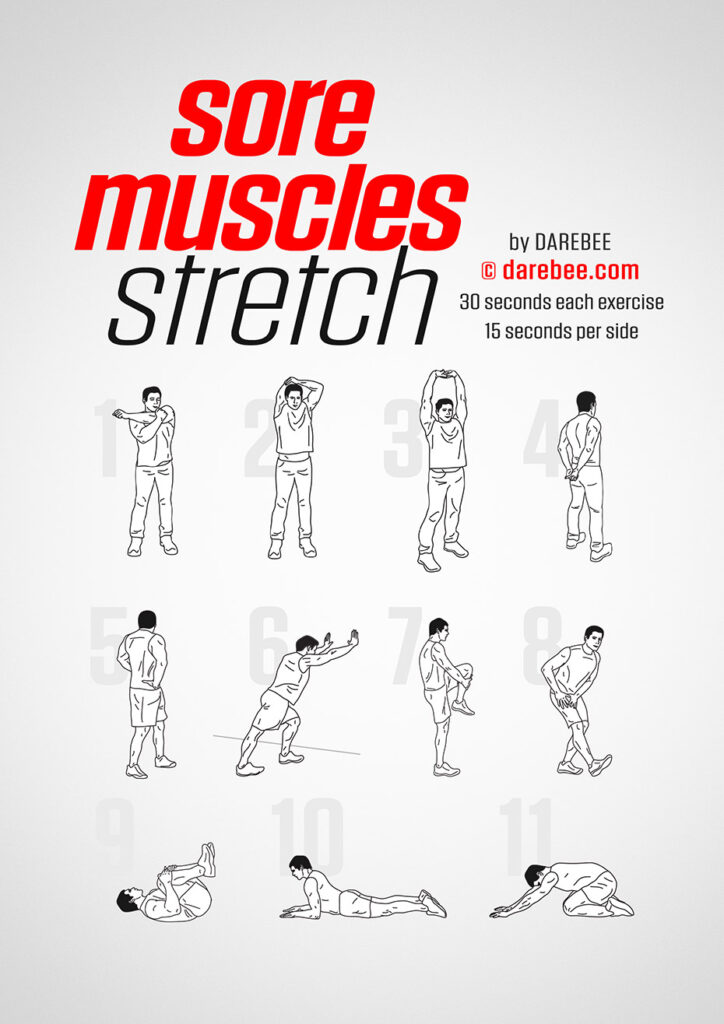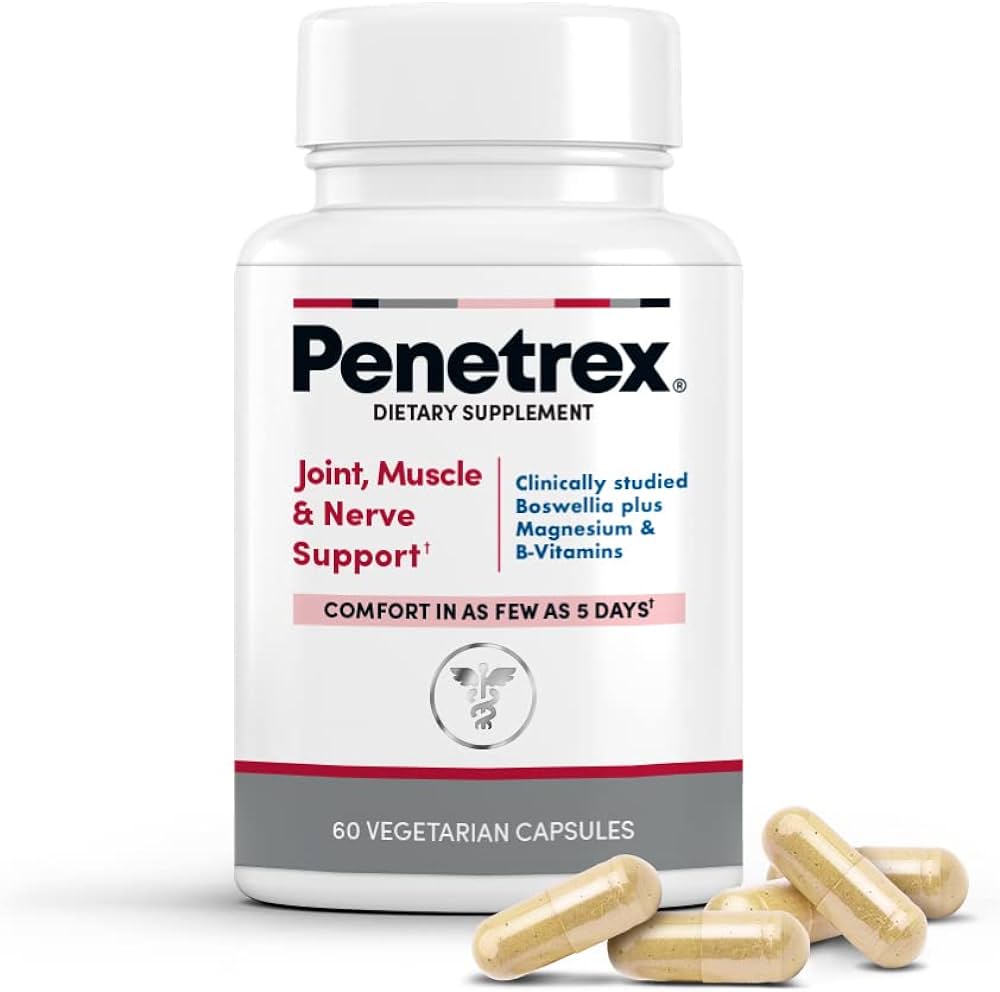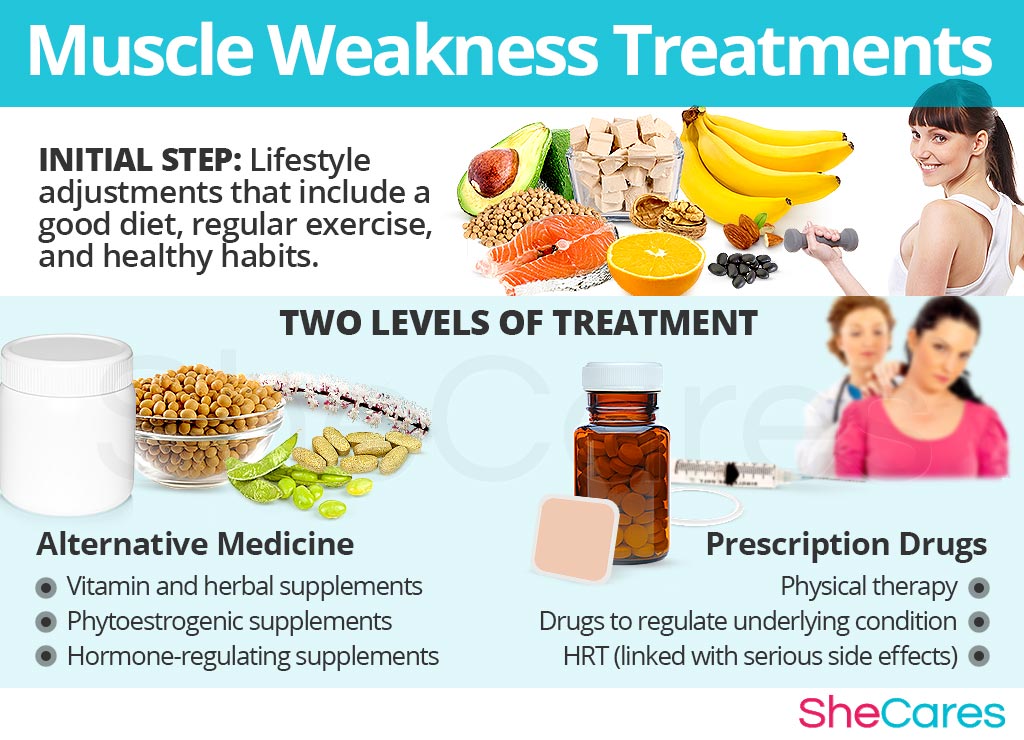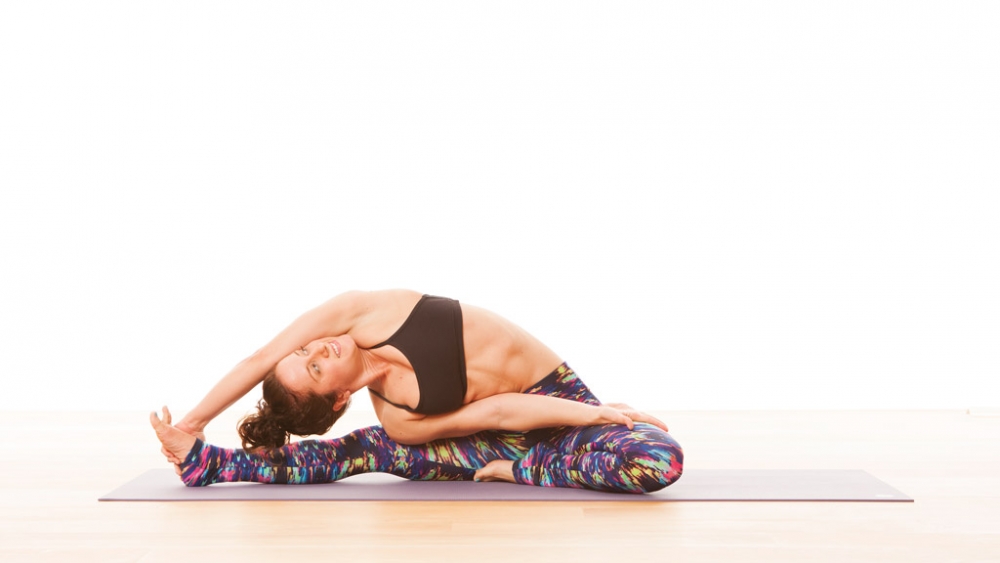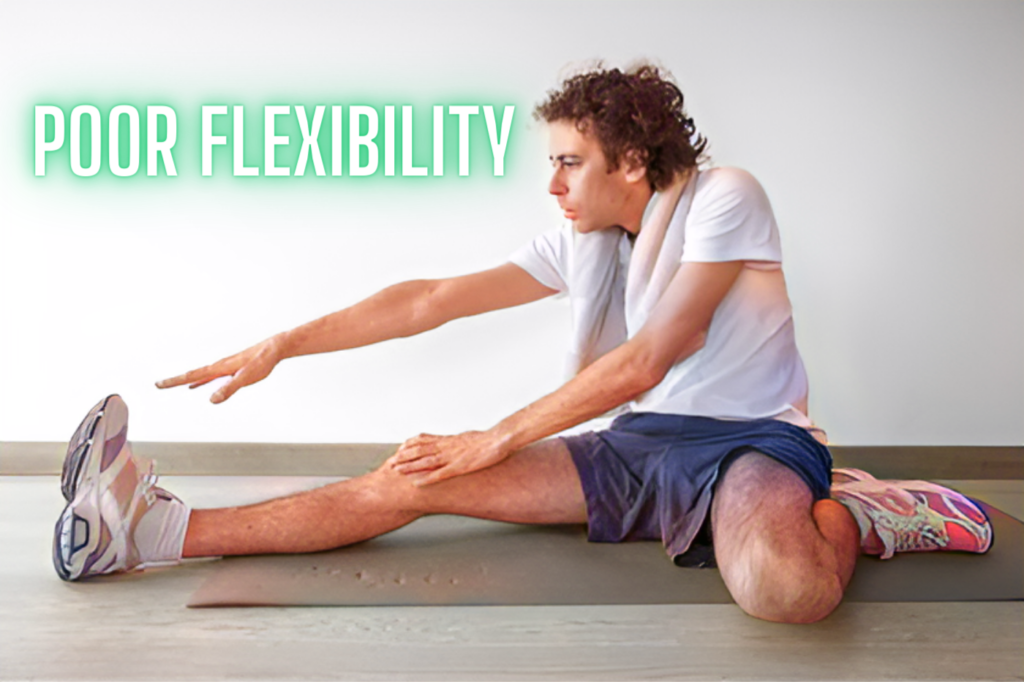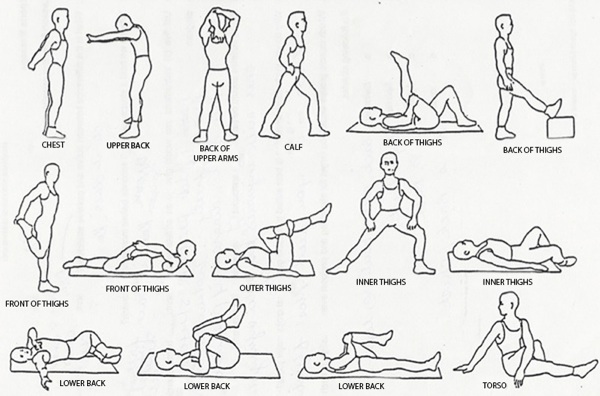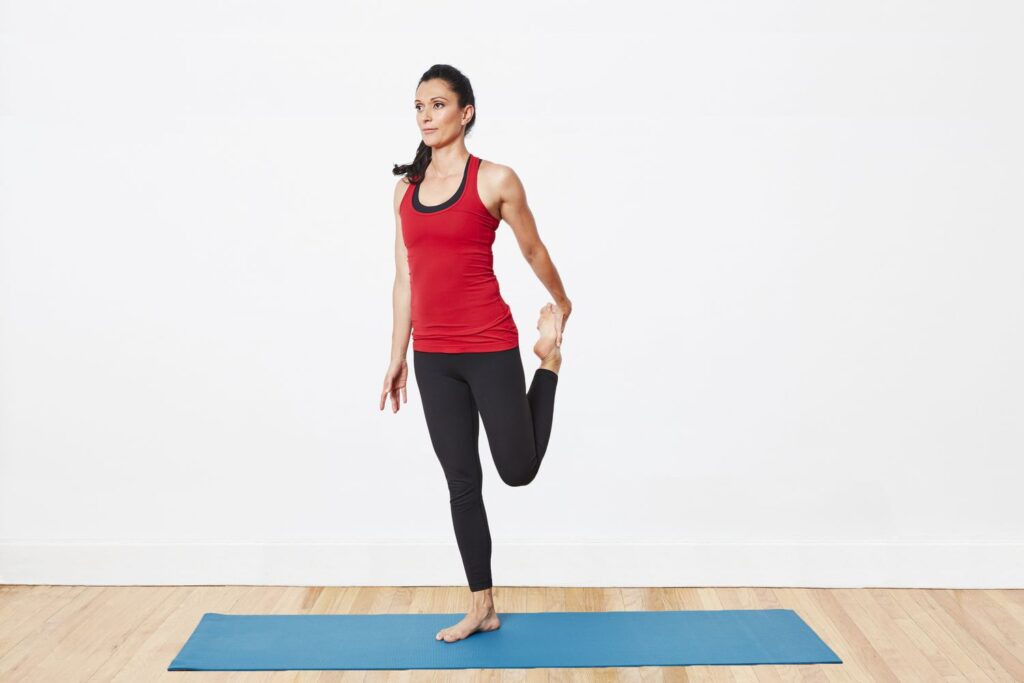Feeling sore after stretching is common and usually indicates muscle adaptation. It often results from increased muscle length and tension.
Stretching is essential for flexibility and muscle health. Regular stretching helps improve blood flow, reduce muscle stiffness, and enhance range of motion. Soreness after stretching typically means your muscles are adjusting to new demands. This discomfort is often temporary and should diminish as your body adapts.
It’s crucial to stretch properly and avoid overstretching to prevent injury. Warm up before stretching to prepare your muscles. Listen to your body and progress gradually. Consistent stretching can lead to long-term benefits, including improved posture and reduced muscle tension. Incorporate stretching into your daily routine for optimal results.

Credit: www.youtube.com
The Importance Of Stretching
Stretching helps muscles become more flexible. Flexible muscles make moving easier. Stretching also makes muscles stronger. Strong muscles support your body better. This reduces the chance of injury. Regular stretching improves posture. Good posture helps you breathe better. It also reduces back pain. Stretching can help you feel less stressed. Taking time to stretch each day is very important.
Overstretching can cause injury. Muscles can tear if stretched too much. This can be very painful. Joints can also get hurt from overstretching. Always stretch slowly and gently. Listen to your body. Stop if you feel pain. Overstretching can make muscles weaker. Weak muscles can’t support your body well. This can lead to more injuries. Stretching should feel good, not hurt. Be careful and mindful while stretching.

Credit: m.youtube.com
Identifying Soreness Post-stretching
After stretching, feeling a bit of discomfort is normal. This usually means your muscles are stretching well. Pain is different and can indicate a problem. Discomfort feels like a light pull or tightness. Pain feels sharp or burning. Stop stretching if you feel pain. Always listen to your body.
Muscle strain has clear signs. You might feel a sudden sharp pain. Swelling and bruising can appear. The area might be tender to touch. Moving the muscle could be hard. Rest the muscle if you think it’s strained. Ice can help reduce swelling.
Immediate Steps To Alleviate Soreness
Resting is crucial after stretching. Muscles need time to heal. Avoid strenuous activities. Light activities like walking are okay. Gentle movements prevent stiffness. Drink plenty of water. Hydration aids muscle recovery. Get enough sleep. Sleep helps the body repair.
Use a cold compress on sore areas. It reduces inflammation and swelling. Apply the compress for 15 minutes. Do this several times a day. Use a cloth to wrap the ice pack. Direct contact with ice can harm the skin. Cold therapy is most effective within 48 hours.
Long-term Muscle Care Strategies
Warm-up exercises help prepare your muscles. They increase blood flow and reduce injury risk. Start with light activities like walking or jogging. Stretch gently after warming up. Hold each stretch for 15-30 seconds. Never rush through a warm-up. Proper warm-up makes your workout more effective. Always listen to your body. Stop if you feel pain.
Balance your workout routine to avoid overuse injuries. Include both strength and cardio exercises. Alternate between different muscle groups. This gives muscles time to recover. Do not forget to include rest days. Your muscles grow stronger during rest. Always maintain proper form to avoid injury. Use a mix of weights and bodyweight exercises. Stay consistent with your routine for best results.
Nutrition And Hydration For Muscle Recovery
Proteins are vital for muscle repair. They help rebuild torn muscle fibers. Carbohydrates provide energy needed for recovery. They replenish glycogen stores in muscles. Healthy fats reduce inflammation and aid in healing. Vitamins and minerals like Vitamin C, Vitamin D, and magnesium support muscle function. Omega-3 fatty acids also reduce muscle soreness.
Water is crucial for muscle recovery. It helps transport nutrients to cells. Dehydration can delay muscle healing. Drinking enough water prevents cramps and stiffness. Electrolytes like sodium and potassium maintain fluid balance. They also support proper muscle function. Sports drinks can help replenish lost electrolytes.
The Role Of Massage And Self-myofascial Release
Massage helps to reduce muscle soreness. It also increases blood flow. This helps in muscle recovery. Self-myofascial release is another technique. It uses tools like foam rollers. These tools help to relieve muscle tension.
Different tools are available for self-massage. Here are some common ones:
- Foam roller: Good for large muscles.
- Massage balls: Perfect for small areas.
- Massage sticks: Easy to use on legs and arms.
When To Seek Professional Help
Chronic pain is different from regular soreness. It lasts for weeks or even months. If pain doesn’t go away, it could be a sign of a problem. Watch for swelling or bruising. These might mean a serious injury. Pain that interrupts daily life is a big warning. It’s best to ask a doctor when pain is severe.
Physical therapists can help reduce pain. They use exercises and treatments. This helps the body heal and get stronger. Physical therapy can help avoid future injuries. Sometimes, special equipment is used in therapy. This makes sure the body heals correctly. Rehabilitation programs are made for each person’s needs.
Preventing Future Soreness
Use gentle movements to stretch your muscles. Hold each stretch for 20 to 30 seconds. Avoid bouncing while stretching. Bouncing can cause tiny tears in muscles. Warm up before stretching to increase blood flow. Cold muscles are more prone to injury.
Stop if you feel any sharp pain. Stretching should not hurt. Listen to your body signals. Do not push too hard. Overstretching can cause damage. Take breaks if you feel tired. Rest helps muscles recover. Pay attention to your body’s limits.
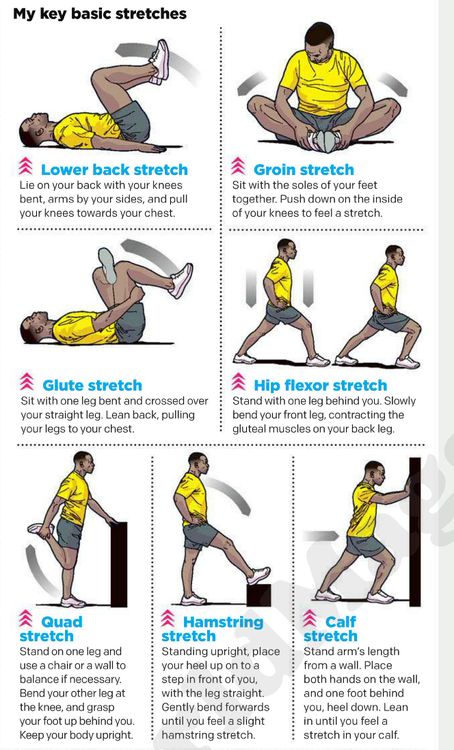
Credit: twitter.com
Frequently Asked Questions
Is It Normal To Be Sore After Stretching?
Yes, it is normal to be sore after stretching. Mild soreness indicates your muscles are adapting and improving flexibility.
Should You Still Stretch If You’re Sore?
Yes, you should stretch even if you’re sore. Gentle stretching helps reduce muscle stiffness and improves flexibility. Avoid intense stretches.
How To Recover From Overstretching?
Rest the affected area and avoid further strain. Apply ice to reduce swelling. Take over-the-counter pain relievers. Stretch gently to maintain flexibility. Seek professional advice if pain persists.
How Do You Know If You Are Overstretching?
You may be overstretching if you feel sharp pain, muscle weakness, or excessive soreness. Stop and rest.
Conclusion
Experiencing soreness from stretching is common and usually temporary. Listen to your body and adjust your routine. Stay consistent, and over time, flexibility and comfort will improve. Remember, proper technique and patience are key to preventing injury. Embrace the journey towards better flexibility and overall wellness.

